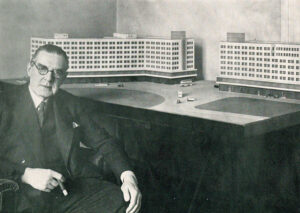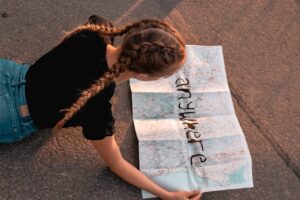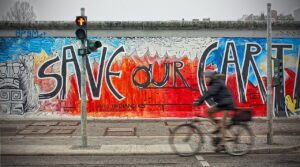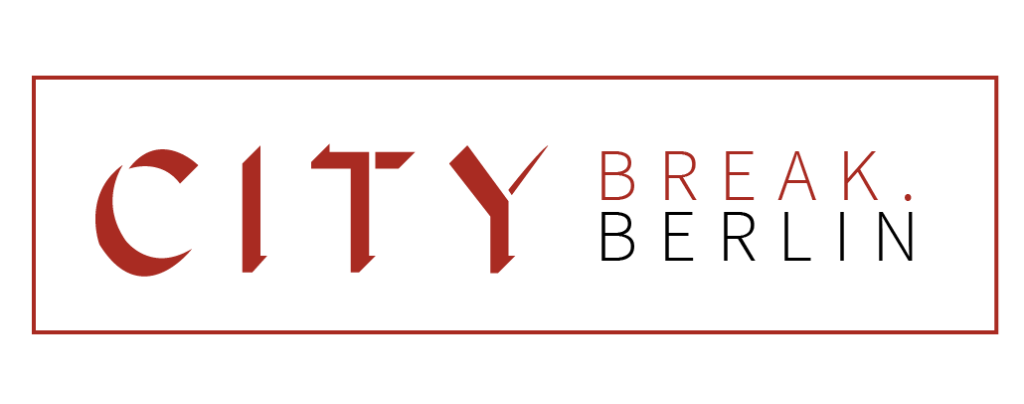A must-see Berlin attraction that asks deeper questions.
A City Built on Stories
We travel in search of stories. Stories of nature or tales of evolution and revolution. Stories of triumph and defeat. Stories we can relate to, and stories we can’t but wish we could. Stories drive our lives and frame meaning. Berlin, above all else, is a city of stories.
Berlin stories often have a depth, a vibrancy and a fabric rarely found in other towns. One place to really sink your teeth into this is the Alliierten Museum at Clayallee 135, the Allies Museum which tells the story of the Cold War in Berlin from the immediate post-war years up until the final occupation troops left in 1994, several years after the fall of the Soviet Union. And it’s a story well worth knowing.
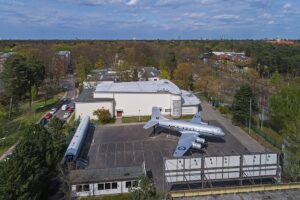
The tales told here occupy several levels, from the immediate to the more hauntedly abstract. Let’s start with the concrete, in the literal sense. The Allied Museum occupies historic buildings that once served the US military community. The main exhibition halls are in what was originally the Outpost Theater, a cinema for American troops built in the early 1950s, and the Nicholson Memorial Library, which was the largest library for the US Armed Forces in Berlin.
These buildings stood in Dahlem’s Clayallee district, the vibrant heart of American military life during the post-war decades, surrounded by key headquarters and family housing units. The Outpost Theater, now a protected landmark, still echoes with its 1950s atmosphere, a place where soldiers and their families gathered for leisure during the years of international tension, when Berlin occasionally found that it was potentially one of the most dangerous places in the world, a leading candidate for «spark which lights WW3» status. Leisure can be intensely felt in those circumstances.
Cold War Artifacts
Inside the museum buildings and in the open air, you’ll find the story of the Cold War in all its tension, uncertainty and sometimes comical self. You’ll start with maps, photographs and testimony which helps you place the events in context. Some of the big hitters in the collection are the final guardhouse at Checkpoint Charlie in the western sector (the one actually at Checkpoint Charlie today is a replica of the first guardhouse) and one of the planes which supplied the city during the Berlin airlift in 1948.
To fully grasp the absurdities of the Cold War and its postering, notice how simple that guard hut is, when you’re in front of it. It looks like the sort of place you can drive up to, to buy tickets for a National Park. But a deeper story lurks here.
Remember that this was the Western checkpoint, where the authorities just confirmed you had a right to pass. The Western Allies maintained this as a modest, almost symbolic guardhouse, reflecting their refusal to recognize East Germany as a sovereign state and their view of Berlin as a single, divided city rather than two separate countries.
In contrast, the East Germans built an imposing checkpoint complex on their side, complete with extensive security measures and inspection lanes, asserting their sovereignty and strict control over border crossings. This physical disparity embodied the ideological divide of the era; where the West saw a temporary occupation zone, the East enforced a hardened, unyielding frontier. It wasn’t until the 1970s, with West Germany’s Ostpolitik and the 1972 Basic Treaty, that the Western powers de facto recognized East Germany, transforming the political landscape but leaving Checkpoint Charlie as it was, a powerful reminder of essential ideological differences.
Another fascinating thing to look for are the De-Nazification cards. These were issued to Germans after they had been vetted and, where necessary, undergone a «reeducation» program that became increasingly cursory as time went on. Looking at these today, you have to ask yourself just how successful this well-intentioned effort was. After all, bending to the will of the conqueror is, some might argue, simply a good survival mechanism. People won’t change their views just because they are told to. Yet couldn’t the same argument be made about the imposition of National Socialist views from 1933 to 1945? These documents are more than just faded papers from the past. They prompt us to think about the nature of belief: how that belief can change, at whose insistence, and how deeply. Questions of political belief and «political purity» remain troubling issues that sadly haven’t disappeared.
And this is the deeper point of the Allied Museum, at least to me. You can certainly walk through it and take it as a simple history museum, telling the story of a long-vanished world. It certainly excels at doing this. However, something more abstract, but perhaps more interesting, strikes me as I look at the stories in this museum, and it concerns the idea of liberty.
The Complexity of Beliefs
Liberty and freedom are words and concepts that pop up frequently when examining the Allied story in Cold War Berlin. The Americans, British and French were in the divided city to ensure its liberty and freedom in the face of tyranny. Yet liberty and freedom were also words that the DDR, the Communist state that controlled East Berlin and had it as its capital city, regularly used to express their position. The DDR frequently invoked peace and freedom, though some would say they abused these terms. For them, freedom meant liberation from Nazism, from what they saw as the slavery of capitalist exploitation, and the opportunity for a new beginning to build something better.
And it doesn’t stop there. The reason the Allied Museum exists at all is because the Cold War was a direct product of the Second World War, a war started by the Hitler government for, among other things, freedom. Freedom from the tyranny of the Versailles settlement, freedom to expand and become self-sufficient, freedom from the threat of Bolshevism. Freedom, it seems, is a dangerously difficult concept to nail down.
These thoughts may be troubling to some, especially those who prefer their stories simple and with clear moral endings. Not far from the museum stands a sculpture showing horses charging through the fallen Berlin Wall in 1989, joyful at their liberation. Today, there are some who wish this liberation had happened sooner, and others who wish it had never happened at all. The statue’s interpretation, like the deeper themes the museum’s story suggests, reveals how concepts like freedom and independence can be flexible, conflicting, and mutually exclusive in meaning. This complexity makes a visit here, and to Berlin itself, vaguely unsettling yet ultimately profoundly thrilling.
Here’s everything you need to plan your visit to the in Berlin
Opening Hours
-
Tuesday to Sunday: 10:00 AM – 6:00 PM
-
Closed on Mondays
Address
-
Clayallee 135, 14195 Berlin
Price Level
-
Admission is free — no ticket needed!
Public Transport
-
Metro: Take the U3 line to Oskar-Helene-Heim
-
Bus: Hop on Line 115 or X83 to AlliiertenMuseum
Free parking is also available if you’re driving.

